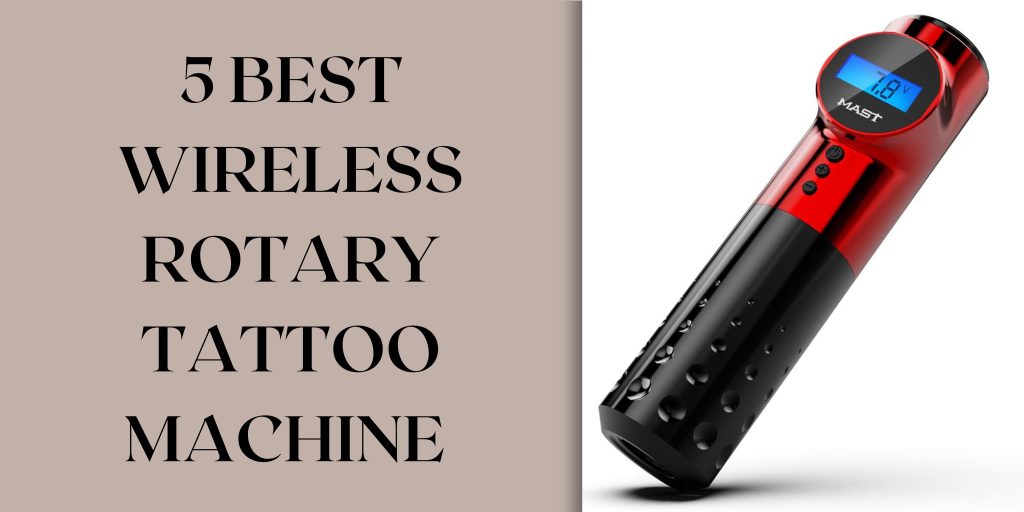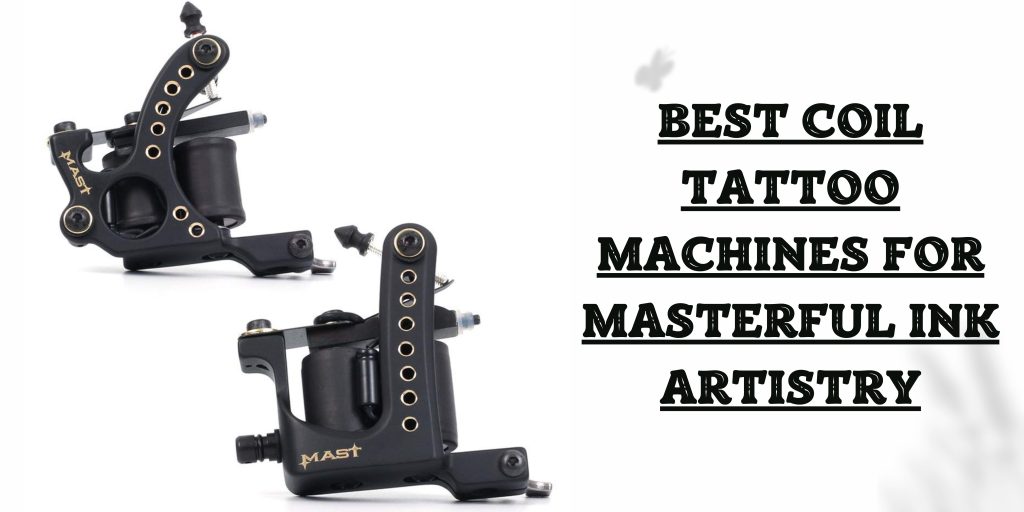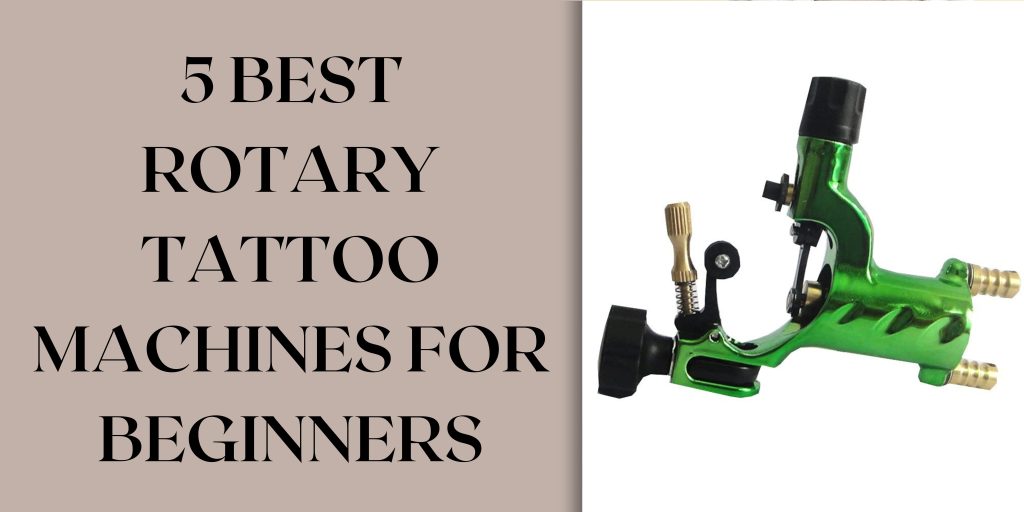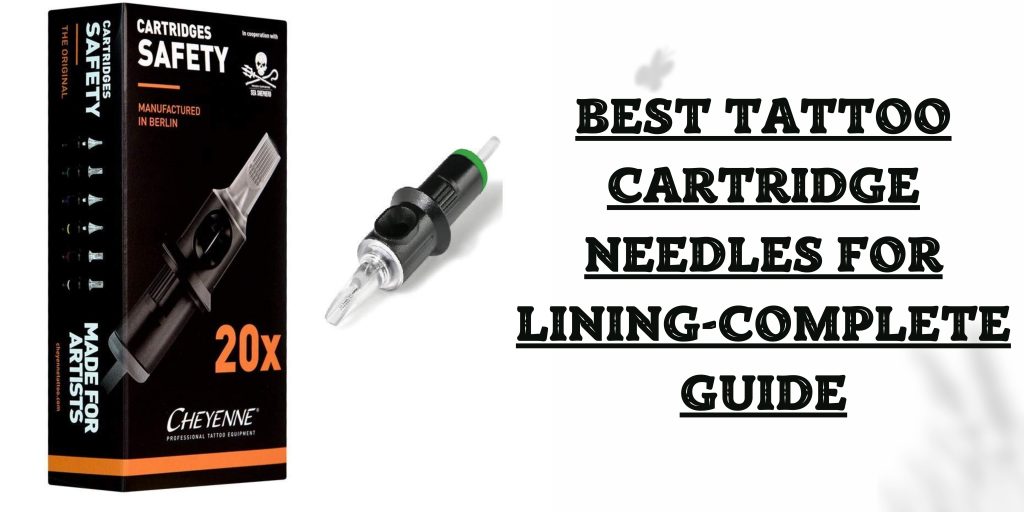Tattoo artists employ various techniques and tools to create stunning body art, and one such tool that plays a crucial role in the tattooing process is the tattoo machine. To protect and optimize the performance of these machines, tattoo artists often wrap them in a material known as grip tape. This article will delve into the reasons why do tattoo artists wrap their machines, the different methods of wrapping, and the benefits they offer.
Why Do Tattoo Artists Wrap Their Machines?
Improved Grip and Comfort:
One of the primary reasons tattoo artists wrap their machines is to enhance their grip and ensure comfort during the tattooing process. By adding grip tape to the handle of the machine, artists can maintain a steady hold, even when working for extended periods. This reduces hand fatigue and allows for precise control, resulting in better tattoo quality.

Hygiene and Cross-Contamination Prevention:
Wrapping tattoo machines also serves as a hygiene measure. The grip tape acts as a protective barrier between the machine and the artist’s hand, preventing direct contact with bodily fluids, such as blood and ink. It reduces the risk of cross-contamination, protecting both the artist and the client from potential infections.
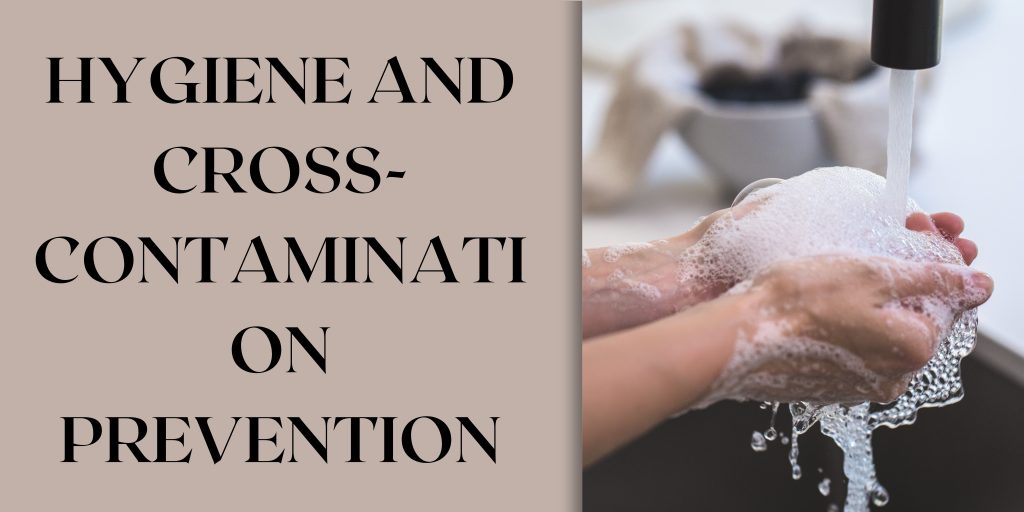
Vibration Dampening:
Tattoo machines generate significant vibrations during operation, which can cause discomfort for the artist. Wrapping the machine with grip tape helps absorb and dampen these vibrations, reducing the impact on the artist’s hand and minimizing fatigue.
Aesthetic Customization:
Another reason tattoo artists wrap their machines is for aesthetic purposes. Grip tape comes in various colours, patterns, and textures, allowing artists to personalize their machines and create a visual appeal that matches their style or brand.
Read More: Why Do Tattoo Artists Use Black Gloves
Different Methods of Wrapping Tattoo Machines
Traditional Grip Tape:
The most common method involves wrapping the handle of the tattoo machine with adhesive grip tape. This tape, typically made of rubber or silicone, provides an enhanced grip, absorbs vibrations, and offers a comfortable surface to hold.
Self-Adherent Bandage Wrap:
Some artists opt for self-adherent bandage wraps as an alternative to grip tape. This type of wrap is made from a stretchable, cohesive material that sticks to itself when wrapped around the machine. Self-adherent bandage wraps are adjustable, reusable, and offer a secure grip.
Heat Shrink Wrap:
Heat shrink wrap is a more permanent wrapping method. It involves using a heat gun to shrink a plastic sleeve over the tattoo machine handle. This method provides a durable, snug fit and can be customized with various colours and patterns. Heat shrink wrap is commonly used by artists who prefer a long-term solution without the need for regular rewrapping.
Benefits of Wrapping Tattoo Machines
Comfort and Control:
Wrapping tattoo machines improves grip, reduces vibrations, and minimizes hand fatigue, allowing artists to maintain better control and precision while tattooing.
Hygiene and Safety:
Wrapping machines provide a barrier between the artist’s hand and bodily fluids, reducing the risk of cross-contamination and promoting a clean and safe tattooing environment.
Personalization and Branding:
Grip tape and other wrapping methods allow tattoo artists to customize their machines, reflecting their personal style and branding, thus creating a unique and recognizable aesthetic.
Hygiene And Safety Standards of Tattoo Shops
Here are some essential hygiene and safety standards that reputable tattoo shops adhere to:
Clean and Sterile Environment:
Tattoo shops should maintain a clean and sterile environment throughout their premises. This includes regular cleaning and disinfection of all surfaces, equipment, and workstations. Sterilization procedures should be followed for reusable instruments and tools, such as tattoo machines, needles, and grips.
Hand Hygiene:
Tattoo artists must practice thorough hand hygiene before and after each client. This involves washing hands with soap and water for at least 20 seconds or using an alcohol-based hand sanitiser to kill germs and prevent cross-contamination.
Personal Protective Equipment (PPE):
Tattoo artists should wear appropriate personal protective equipment, including disposable gloves, during the entire tattooing process. Gloves should be changed between clients or if there is any risk of contamination. Some artists may also choose to wear disposable aprons, face masks, and eye protection to minimize the risk of exposure to bodily fluids and potential infections.
Single-Use and Disposable Items:
To prevent cross-contamination, tattoo shops should use single-use, disposable items whenever possible. This includes disposable needles, ink caps, razors, and protective barriers for surfaces and equipment. All used disposable items should be properly disposed of in biohazard waste containers.
Sterilization of Instruments:
Reusable instruments, such as tattoo machines, grips, and tubes, should be thoroughly cleaned and sterilized using appropriate methods. Autoclaves, which use steam under pressure, are commonly used in tattoo shops to achieve proper sterilization. Regular maintenance and validation of autoclaves should be conducted to ensure their effectiveness.
Use of Barrier Film and Covers:
Tattoo artists may use barrier films or covers to protect surfaces and equipment that come into contact with the client’s skin. These barriers help prevent the transmission of germs and create a clean working environment. They should be disposed of and replaced between clients.
Proper Waste Disposal:
Tattoo shops should have designated containers for the disposal of biohazard waste, such as used needles, gloves, and contaminated materials. These containers should be labelled and handled according to local regulations and guidelines.
Skin Preparation and Aftercare Instructions:
Tattoo artists should follow proper skin preparation protocols before tattooing, which may include cleaning the area with an antiseptic solution and shaving if necessary. Additionally, clients should be provided with detailed aftercare instructions to minimize the risk of infection and promote proper healing.
Licensing and Compliance:
Reputable tattoo shops comply with local health department regulations and licensing requirements. They undergo regular inspections to ensure adherence to hygiene and safety standards.
Conclusion
Wrapping tattoo machines with grip tape or other materials serves multiple purposes. It enhances grip and comfort for the artist, prevents cross-contamination, reduces vibrations, and offers a platform for aesthetic customization. By utilizing various wrapping techniques, tattoo artists can optimize their tattooing experience while ensuring a safe and enjoyable process for both themselves and their clients.


